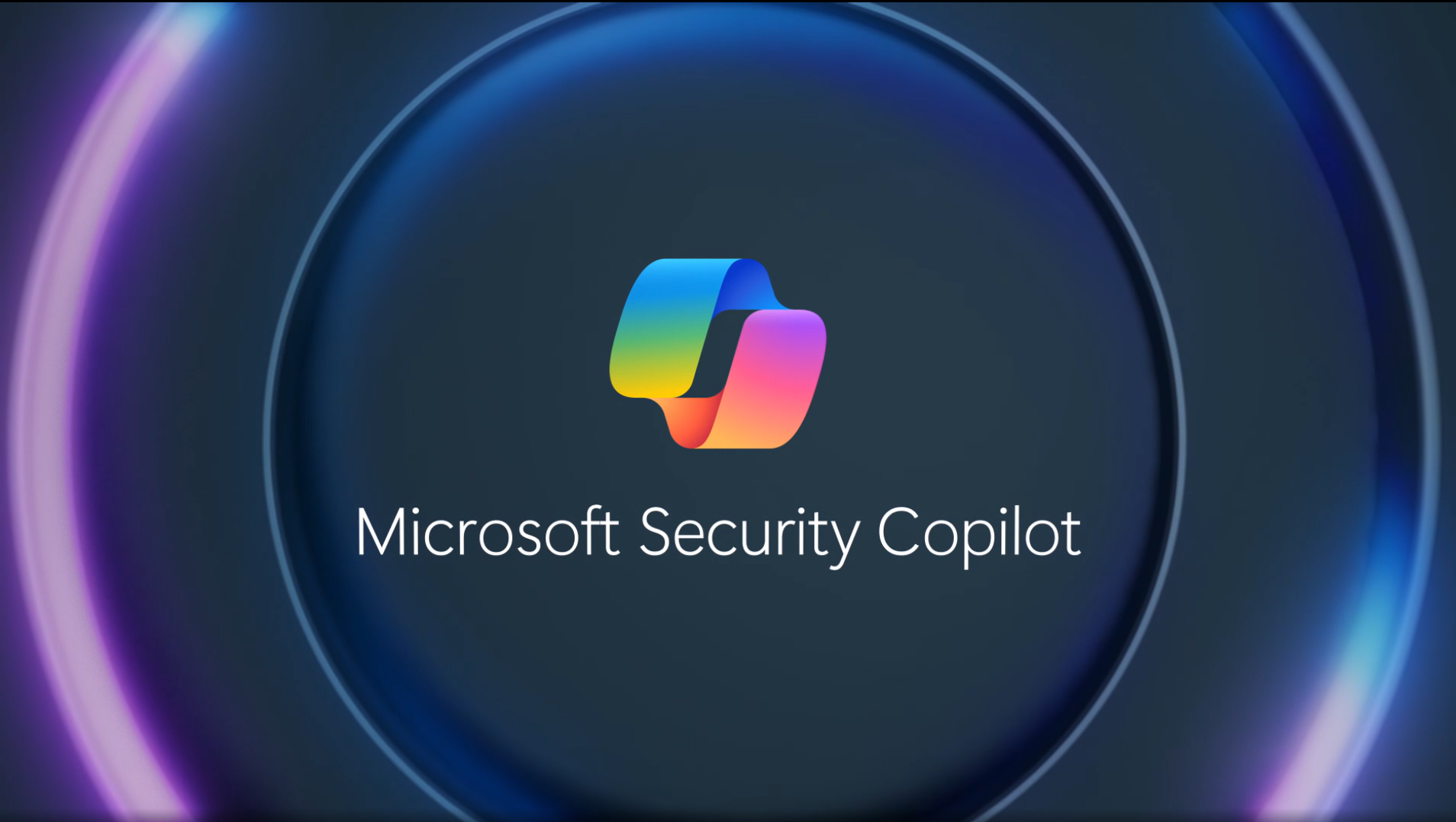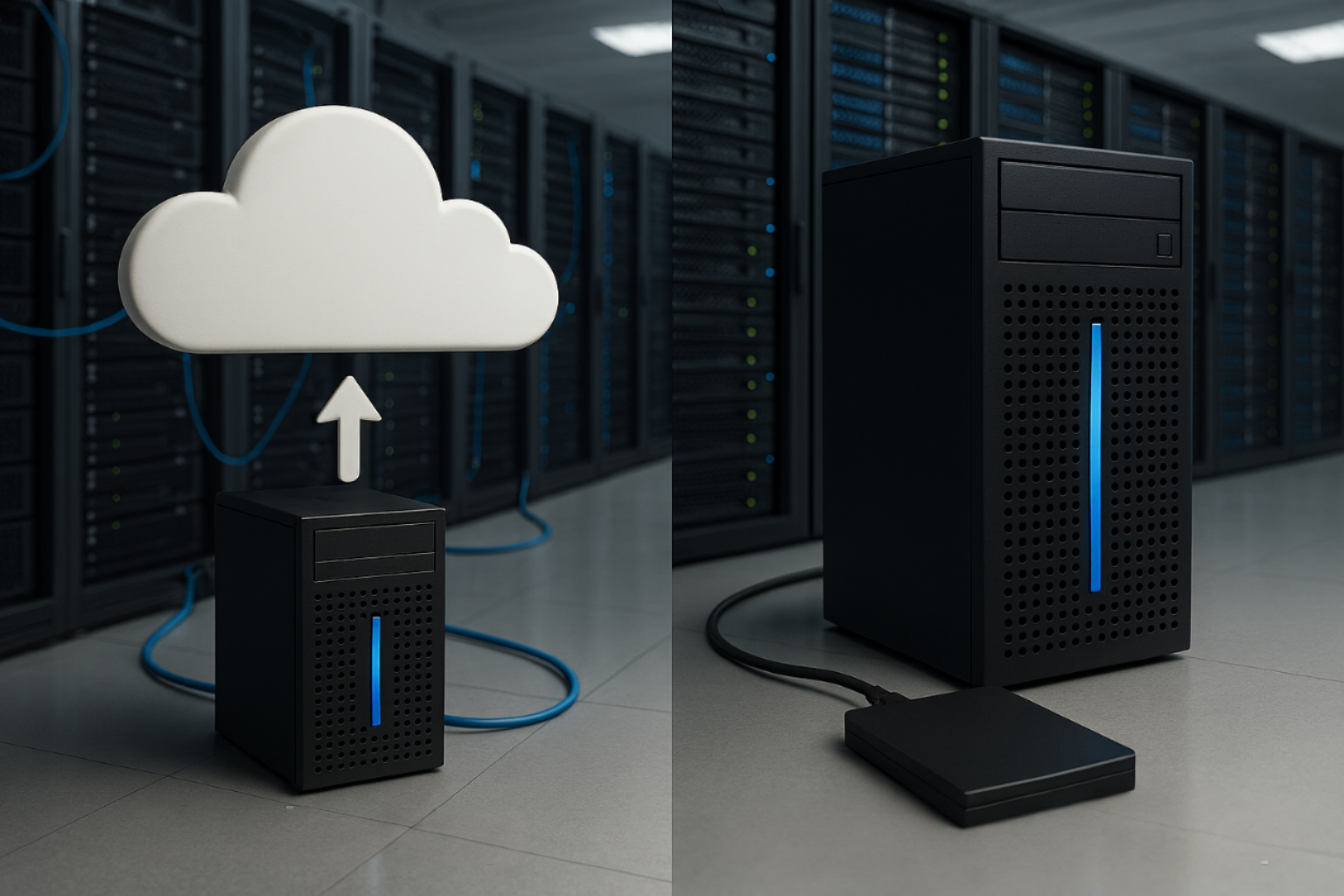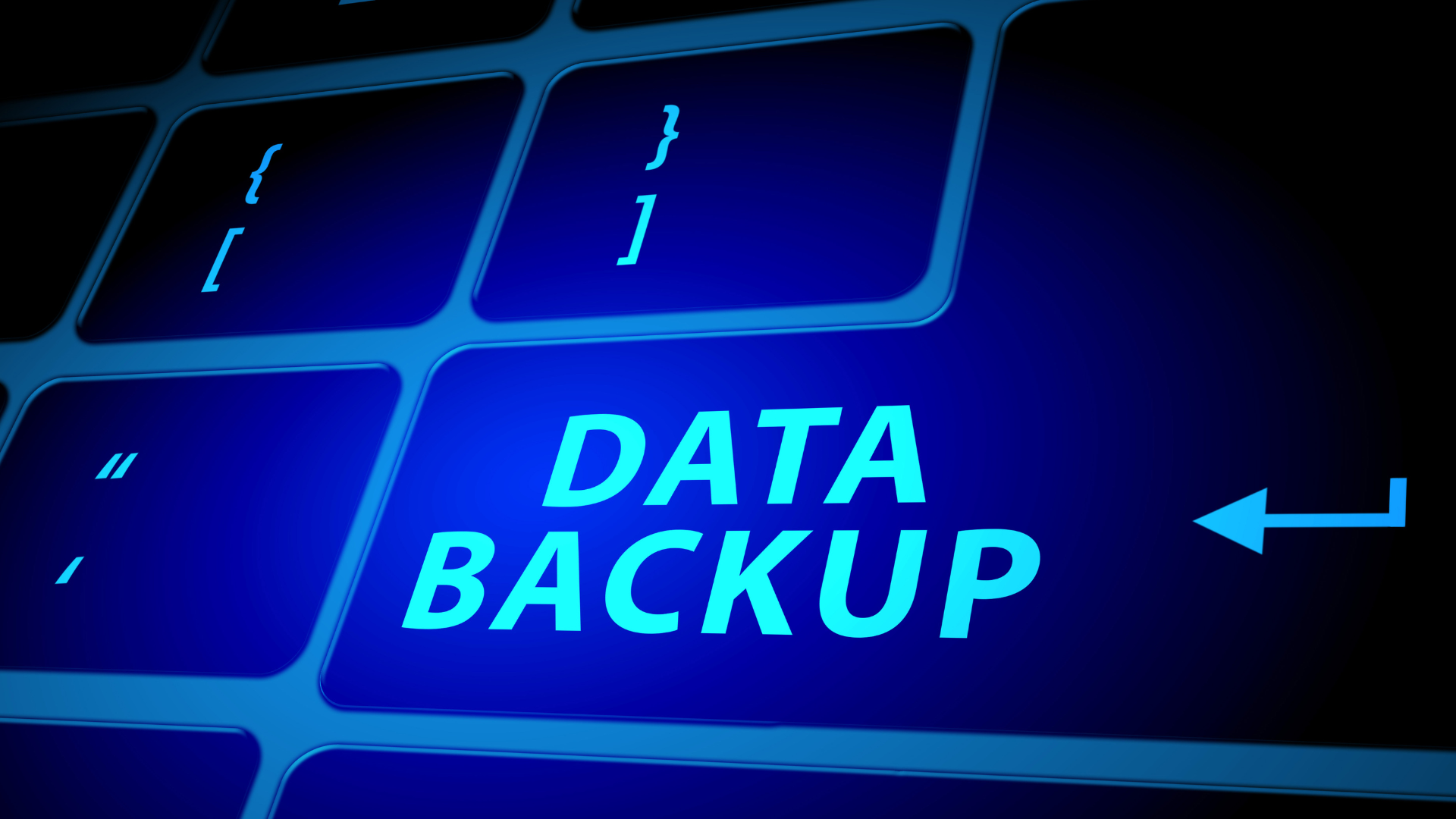The Human Factor in Cybersecurity: Your Greatest Asset or Weakest Link?
Cybersecurity Awareness Month is a timely reminder that while firewalls and antivirus software are essential, the biggest vulnerability in your business might be sitting at a desk, or working remotely...right now.
The Real Threat: Human Error
Every business relies on people. But people make mistakes.
Clicking a malicious link, reusing passwords, or ignoring software updates might seem harmless until it leads to ransomware, data theft, or account compromise.
In fact,
95% of cybersecurity breaches involve human error. That means even the best technology can fail if your team isn’t prepared.
But the solution isn’t fear — it’s education, support, and smart tools.
Why Traditional Training Falls Short
Most organisations offer cybersecurity training once a year and expect it to stick.
But awareness fades fast. Threats evolve daily.
Real protection comes from
ongoing, practical learning that fits into your team’s daily workflow, not just a once-a-year compliance checkbox.
Think:
- Phishing simulations
- Password hygiene reminders
- Bite-sized, engaging micro-trainings
Cybersecurity should feel like part of your culture, not a classroom lecture..
Step 1: Build Everyday Awareness
Make security a habit, not a task.
True awareness happens through
daily reinforcement — not one-time training.
Use internal comms, leadership messaging, and micro-trainings to keep security top of mind. Encourage staff to:
- Question suspicious messages
- Lock devices when unattended
- Report issues quickly and confidently
When awareness becomes instinctive, human error drops and confidence rises.
Step 2: Strengthen Passwords and Access
Protect people from password fatigue.
Weak passwords are still one of the top causes of breaches. But the answer isn’t just “make them longer” — it’s about
reducing the burden.
🔐 Use password managers for secure, unique logins
🔐 Enforce multi-factor authentication (MFA)
🔐 Limit admin privileges to essential users
Make it easy for your team to do the right thing — without extra effort.
Step 3: Support People with Smart Tools
Technology should empower, not overwhelm.
Even the best-trained employees can slip up. That’s why automation and intelligent protection are essential.
Layered defences like:
- Email filtering
- Endpoint protection
- Automated patching
…help catch what humans miss and stop one mistake from becoming a crisis.
Step 4: Lead with Culture
Security starts at the top.
Cybersecurity isn’t just IT’s job; it’s everyone’s responsibility. And leadership sets the tone.
- Reward cautious behaviour
- Communicate openly about risks
- Celebrate teams that report threats early
When staff feel supported, not blamed, they engage more. And your organisation becomes stronger.
Protect Your People. Protect Your Business.
Cyber resilience starts with awareness — and ends with the right protection.
At
Indiko Data, we deliver
integrated, human-first cybersecurity with
Acronis Cyber Protect.
Ready to empower your team? Contact Indiko Data today and take the first step toward real resilience.











